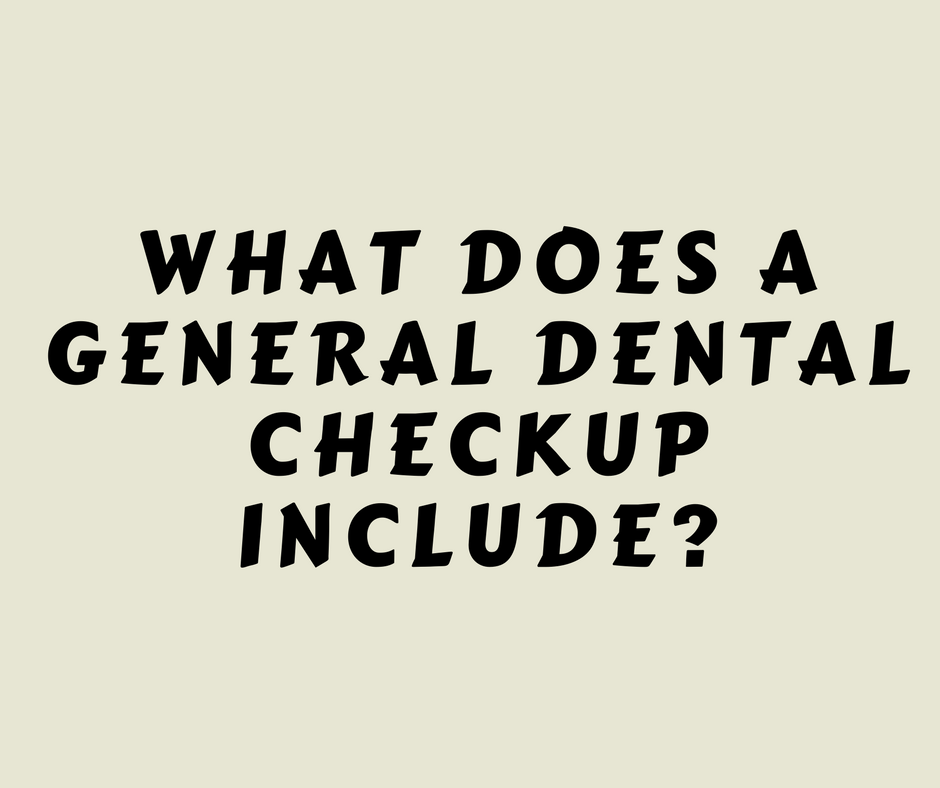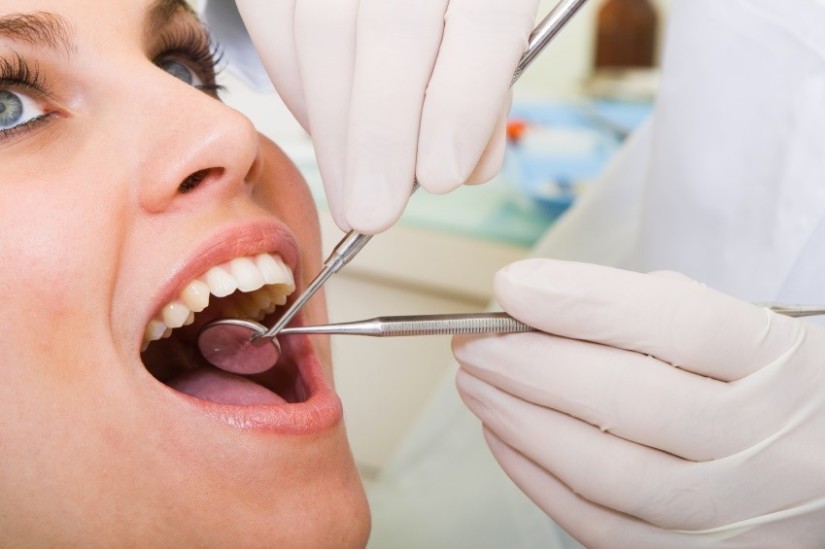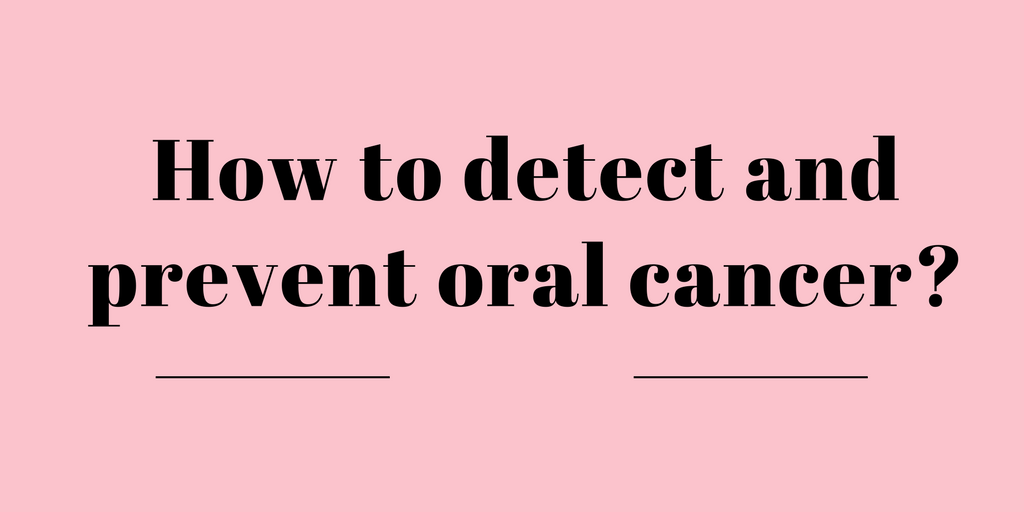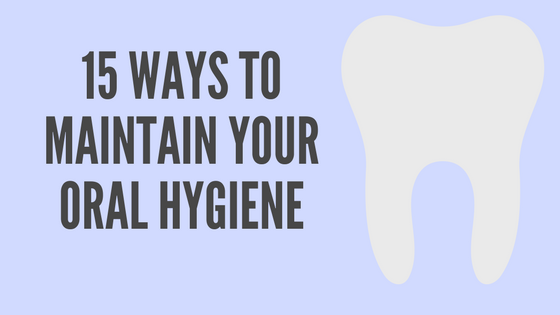
What does a general dental checkup include?

Even if you have an oral care regimen at home that you follow on daily basis, but still regular dental checkups are a must with a dentist. A dental professional can check for any early signs and symptoms of any disorders such as oral cancer in the oral cavity. Your dentist also watches for any gum disorders, cavities, plaque accumulation that might form hard calculus and occur in areas that are difficult to reach. Moreover, the dentist not only watches for all these but also takes appropriate action to prevent any further diseases.
For many people two checkups a year is sufficient. But for patients with a high risk disorder such as any oral carcinoma, it is mandatory to visit a dentist quite often so that a proper track of records can be maintained. It can be done by taking radio-graphs (X- rays), follow up with medicines and other things that are essential for early recovery of a patient.

General dental checkup includes –
1. Taking proper history –
- Personal history- it includes name of the patient, his/her age, gender and occupation. This history is taken because there are many occupation related oral diseases. For example- a black colored lining on the cervical region of teeth seen in people working in lead companies. A tailor will have a notch in their incisors, etc. Many age related diseases like rampant and nursing bottle caries are seen in infants and attrition and erosion are seen in older patients.
- History of habits such as tobacco intake or alcohol. If this history is present then next question will be the frequency and duration (since how long). Try to be as friendlier with the patient and make them feel comfortable so that they say the truth and give a proper history.
- Family history- there are many disorders that run throughout a family like periodontitis, dental caries, etc.
- Systemic disease history- includes diabetes, hypo or hypertension, hypo or hyperthyroidism and any other life threatening diseases. This will help the dentist in proper diagnosis and give medicines accordingly.
- Diet history- the diet chart will tell if the patient is susceptible to dental caries or any other disease.
2. Oral prophylaxis –
This is the procedure of cleaning the teeth of a person by using a professional instrument called as the scaler. The tip of the scaler reaches every nook and corner of the teeth and removes even the hardest, subgingival calculus or tartar. This will clear your mouth and prevent halitosis.
3. Examining every teeth –
With the help of a mouth mirror the dentist then examines every single teeth for many things like caries, attrition, abrasion, recession, pocket formation, mobility, fracture, restoration, missing teeth, discoloration, malocclusion,etc. Not only the teeth but also the tongue, buccal mucosa, hard and soft palate are also examined. If required, x-rays can be taken for even better diagnosis.
4. Diagnosis and treatment planning –
It includes a thorough examination and diagnosis of the disease if any. A proper treatment plan is then made and explained about the procedure and its expected cost to the patient.
5. Treatment –
Then treatment of any disease will start only after taking the patient’s consent.





